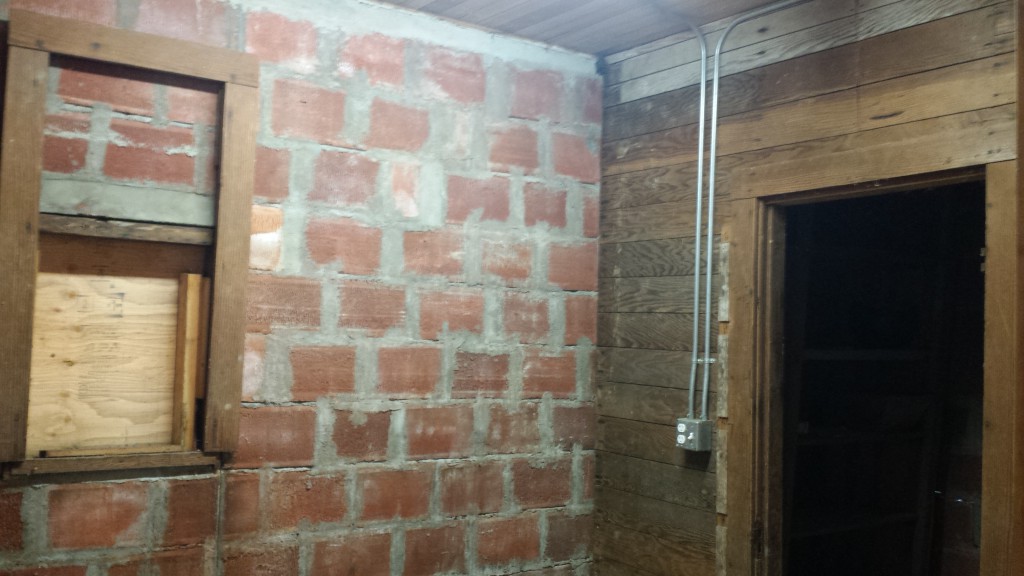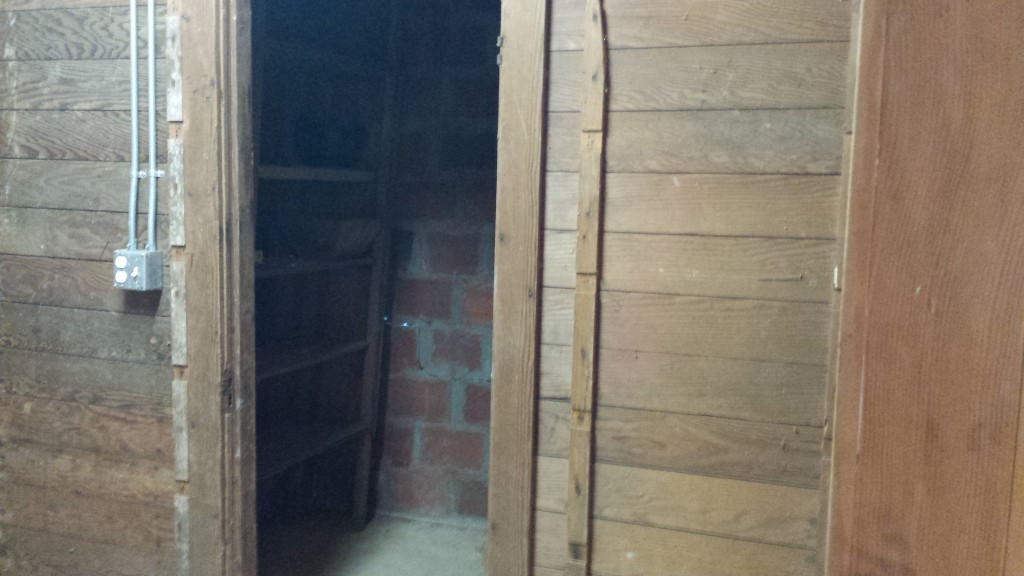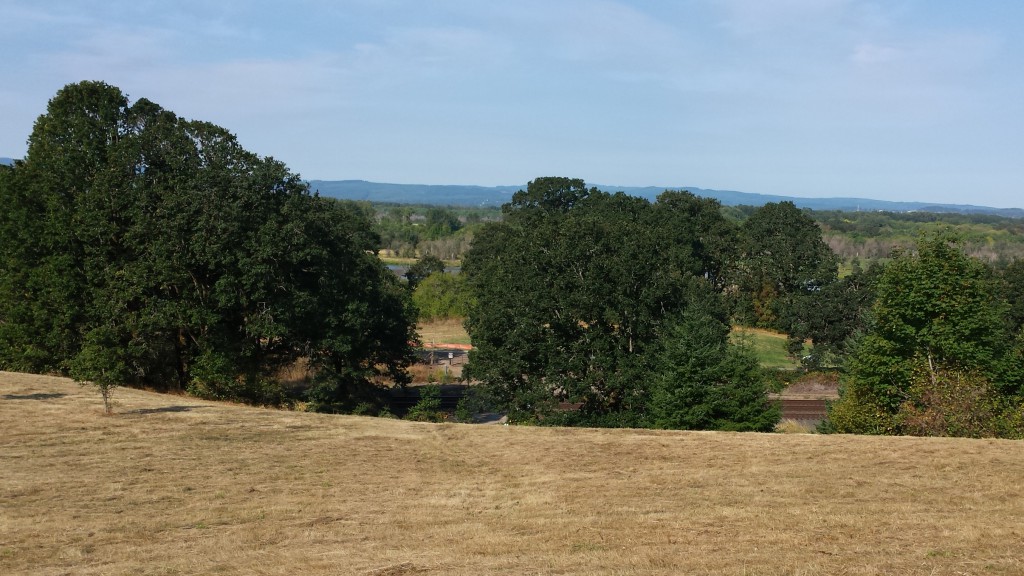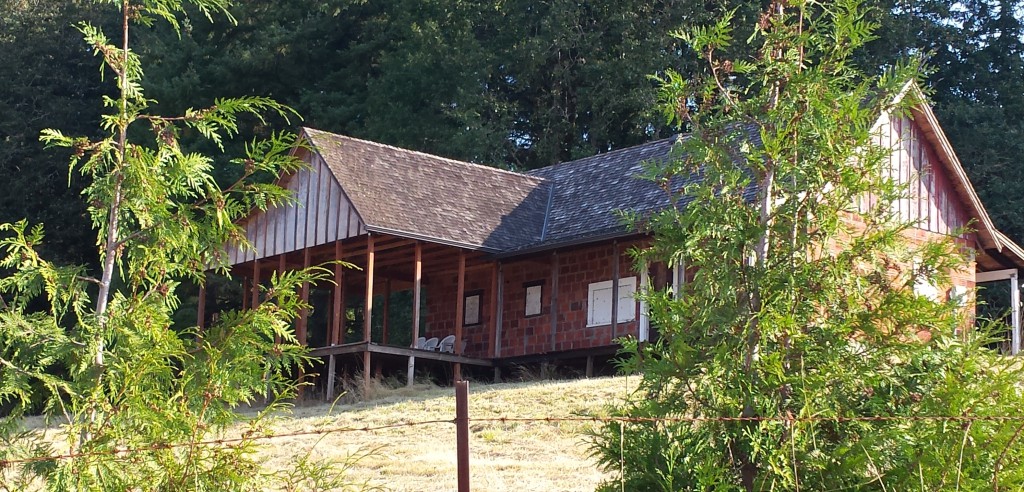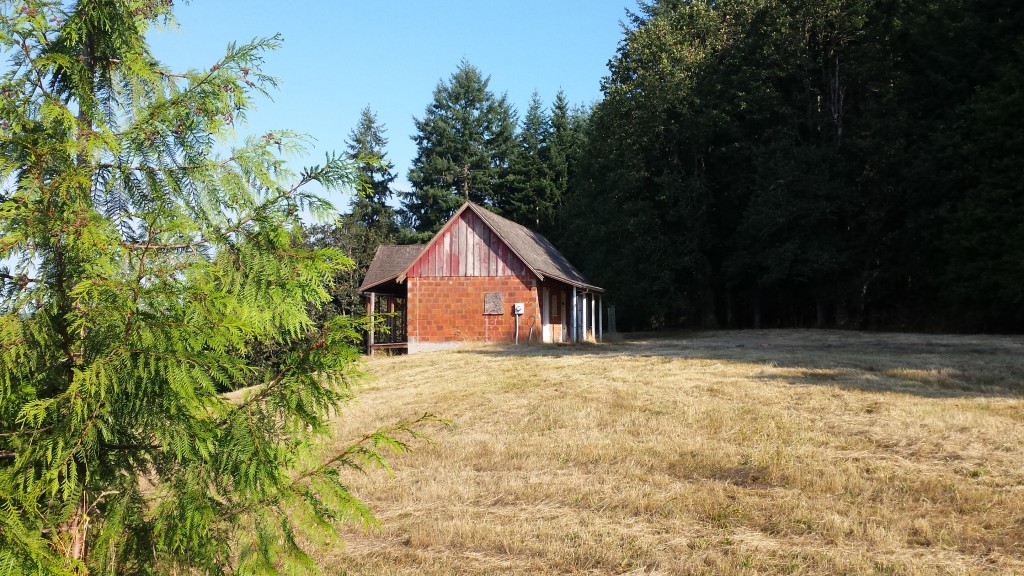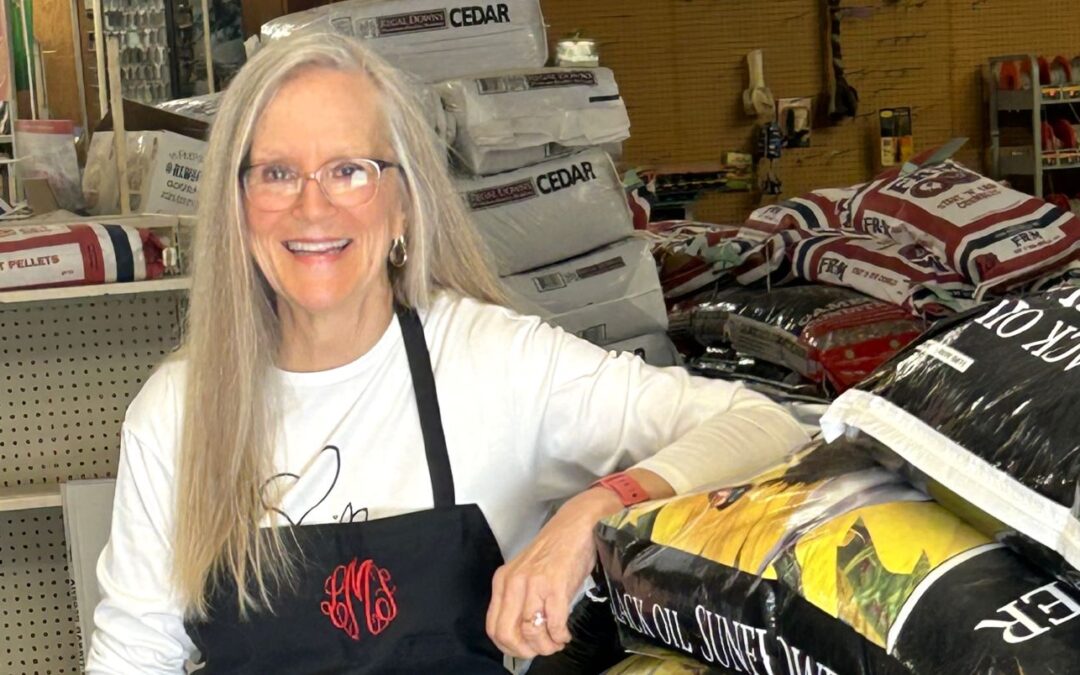RIDGEFIELD, Wash. – Bella can’t stop grinning as she ambles through the Carty milk house. She absorbs every detail as if looking through a child’s eyes. She spouts questions like a student prepping for a test.
“It’s so small,” Bella noted. “How could something so small create something so big?”
This is a change from Bella’s customary walk past the milk house, down the hill toward the railroad tracks near the Ridgefield National Wildlife Refuge. The preserve is comprised on the donated land that once belonged to the Carty family, Ridgefield’s first white settlers, who arrived several generations ago.
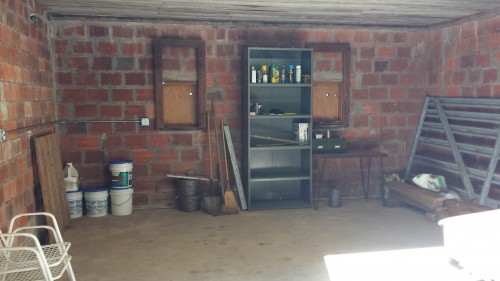
The garage section of the Carty milk house where the first U-Haul manufactured trailers were built starting in 1945.
Bella, a delightful middle-aged Russian immigrant, lives just across the street from the milk house where she is a caregiver to an elderly woman. Bella likes to slip on her sweater and sandals while the morning air is still cool and take her walks, which always end with her sitting beneath a big oak tree and offering a prayer of thanksgiving for the beauty she witnesses.
On this particular morning, that beauty was supplemented with a history lesson. U-Haul Team Members were on site to take photographs of the milk house while in town for Ridgefield Heritage Day. Bella’s days of wondering about the back story to this mystery house came to an end when curiosity steered her through the property’s wooden fence.
The milk house is the lone remaining structure from the Carty Ranch. This is where U-Haul co-founder L.S. “Sam” Shoen, with help from members of the Carty family, built the first U-Haul manufactured trailers beginning in 1945.
Sam and Hap Carty, brother of Sam’s wife and U-Haul co-founder Anna Mary Carty Shoen, streamlined the trailer-making process (at least for that time period) in the garage area of the milk house after initially buying the first few trailers from a nearby welding shop. But the high cost, low quality and lack of uniform parts with the purchased trailers prompted Sam to sharpen his business model and begin manufacturing trailers at the Carty Ranch.
The milk house sits just off Main Avenue, a little north of town and east of Carty Lake. It was constructed in the valley it now faces. The Carty house and barn also were located in the valley but were unfortunately torn down after the land was donated.

Bella, a Russian immigrant who resides across the street from the Carty milk house, laughs with Hap Carty at Ridgefield Heritage Day.
In 1985, U-Haul executives Mark (now retired) and Joe Shoen, Sam’s sons, acted quickly to preserve the milk house and its rightful place in U-Haul history. They had the milk house carefully dissembled, moved off preserve land and reassembled on Carty land at its current hilltop location.
The view from the milk house is majestic. Rolling hills and full trees shape the western horizon. Eagles soar overhead and, on this day, one perches on the milk house roof. The structure displays some worn wood and chipped paint, but the mammoth red bricks stand strong. Bella suggested that the milk house should be turned into a U-Haul museum.
The Carty milk house remains a Ridgefield icon and a U-Haul treasure. Its story was a mystery to one of its closest neighbors: a charming but empty house with no reference point that Bella passed every day.
Bella arrived at the Ridgefield community center on Heritage Day, still awestruck and eager to meet Hap. Hap spoke to a packed room of townspeople, sharing memories of a time when U-Haul was a start-up operation based in a milk house a few miles down the road.
But as Bella succinctly pointed out, U-Haul Company is a bit bigger now.
- View from the Carty milk house
- Carty milk house
- Carty milk house
- Inside of the Carty milk house
- The garage section of the Carty milk house where the first U-Haul manufactured trailers were built starting in 1945
- Inside of the Carty milk house
- Inside of the Carty milk house
- Inside of the Carty milk house
- Inside of the Carty milk house
- Inside of the Carty milk house
- Porch of the Carty milk house
- View west from the Carty milk house.
- View southwest from the Carty milk house
- Inside of the Carty milk house
- An eagle sits atop the Carty milk house
- Carty Milk House where the first U-Haul manufactured trailers were made beginning in 1945 in Ridgefield, Wash.
- Bridge in front of the wildlife preserve, next to the Carty milk house
- Tall grass, flowers and weeds near the Carty milk house
- Carty Milk House where the first U-Haul manufactured trailers were made beginning in 1945 in Ridgefield, Wash.
- Carty milk house view from the south side of the property
- Carty Milk House where the first U-Haul manufactured trailers were made beginning in 1945 in Ridgefield, Wash.
- Carty milk house view from the west side of the property
- Bella, a Russian immigrant who lives across the street from the Carty milk house, and Jake, a U-Haul Team Member
- Hap Carty next to a wooden U-Haul trailer he helped build in 1946
- U-Haul pioneer Hap Carty at Ridgefield Heritage Day
- Bella, a Russian immigrant who lives across the street from the Carty milk house, laughs with Hap Carty at Ridgefield Heritage Day
- 1946-made U-Haul trailer
- U-Haul truck with Ridgefield SuperGraphic
- Hap Carty and the U-Haul Team that assisted with Heritage Day
- U-Haul founders L.S. “Sam” Shoen and wife Anna Mary Carty Shoen











